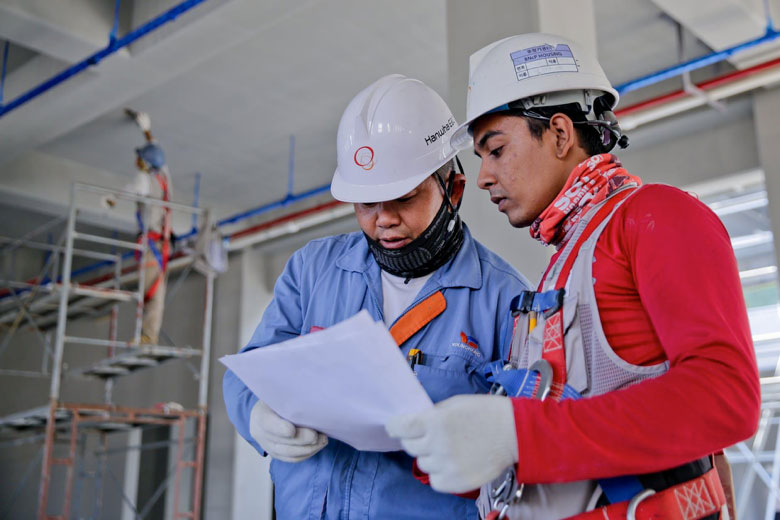
Image source: Pexels.com
September 23, 2019
Construction accounting has its own unique set of accounting and management complexities not faced by any other industry.
Many accountants are faced with construction accounting uncertainties, especially in the area of revenue recognition due to the long-term nature of many construction projects. In many cases, these accounting uncertainties create opportunities for fraud.
And according to the Association of Certified Fraud Examiners (ACFE), fraud in the construction industry reports the second-highest medium losses per scheme compared to other industries. It gets more serious if a project lasts for more than three years.
So whether you own a construction company or are a CPA student (check this guide for CPA preparation courses that will help you pass the CPA exam fast), knowing the construction accounting best practices will help you remain relevant in the industry.
In this article, we’ll explore the 3 best accounting practices for the construction industry that you or your company should adopt.
Revenue recognition is one of the key principles of the US generally accepted accounting principles (GAAP), which seeks to match revenues with the costs that generated them.
In essence, revenues and costs are recognized when the earning process is complete or when payment has taken place. However, linking revenues with expenses that generated them poses a challenge for construction projects due to the length of the period under consideration.
To that end, GAAP recognizes that the laid down rules for revenue realization don’t necessarily apply to long-term construction projects. Instead, it provides a different approach that strives to recognize revenue as work progress to provide a more accurate picture of a project’s financial performance.
The percentage of completion method is one of the approaches for accounting for long-term construction projects, as detailed by the American Institute of Certified Public Accountants (AICPA) in their Statement of Position (SOP 81-1). As the name suggests, this method recognizes revenue as the project progresses towards completion.
Using this method, many construction companies determine the percentage of completion by dividing the actual costs to date by the project’s total estimated costs. Your completed percentage multiplied by the project’s gross profit should give you the profit recognized to date.
The American Institute of CPA’s also recognizes the completed contract method as an alternative method for revenue realization.
Unlike the percentage of completion method, the completed contract method defers all the revenue of a project until completion. However, this method should only be used when dependable project estimates cannot be made.
Most importantly, the completed contract method is the ideal revenue recognition method for short term construction projects.
Another best accounting practice for the construction industry is to have a method for tracking change orders.
It’s rare to complete a construction project without making changes to the original project be it in materials, labor, design, costs, etc. As such, it’s essential to have a system for tracking the costs related to the change.
Such expenses need to be tracked, documented, and presented to the client in a separate invoice. Many contractors fail to communicate change orders due to a dearth of effective accounting processes for identifying and allocating change expenses.
In addition to the best accounting practices for the construction industry discussed above, it’s important to have robust accounting software that will produce timely and accurate accounting information and reports that your clients want.
In this episode, I sat down with Beejan Giga, Director | Partner and Caleb Emerson, Senior Results Manager at Carpedia International. We discussed the insights behind their recent Industry Today article, “Thinking Three Moves Ahead” and together we explored how manufacturers can plan more strategically, align with their suppliers, and build the operational discipline needed to support intentional, sustainable growth. It was a conversation packed with practical perspectives on navigating a fast-changing industry landscape.